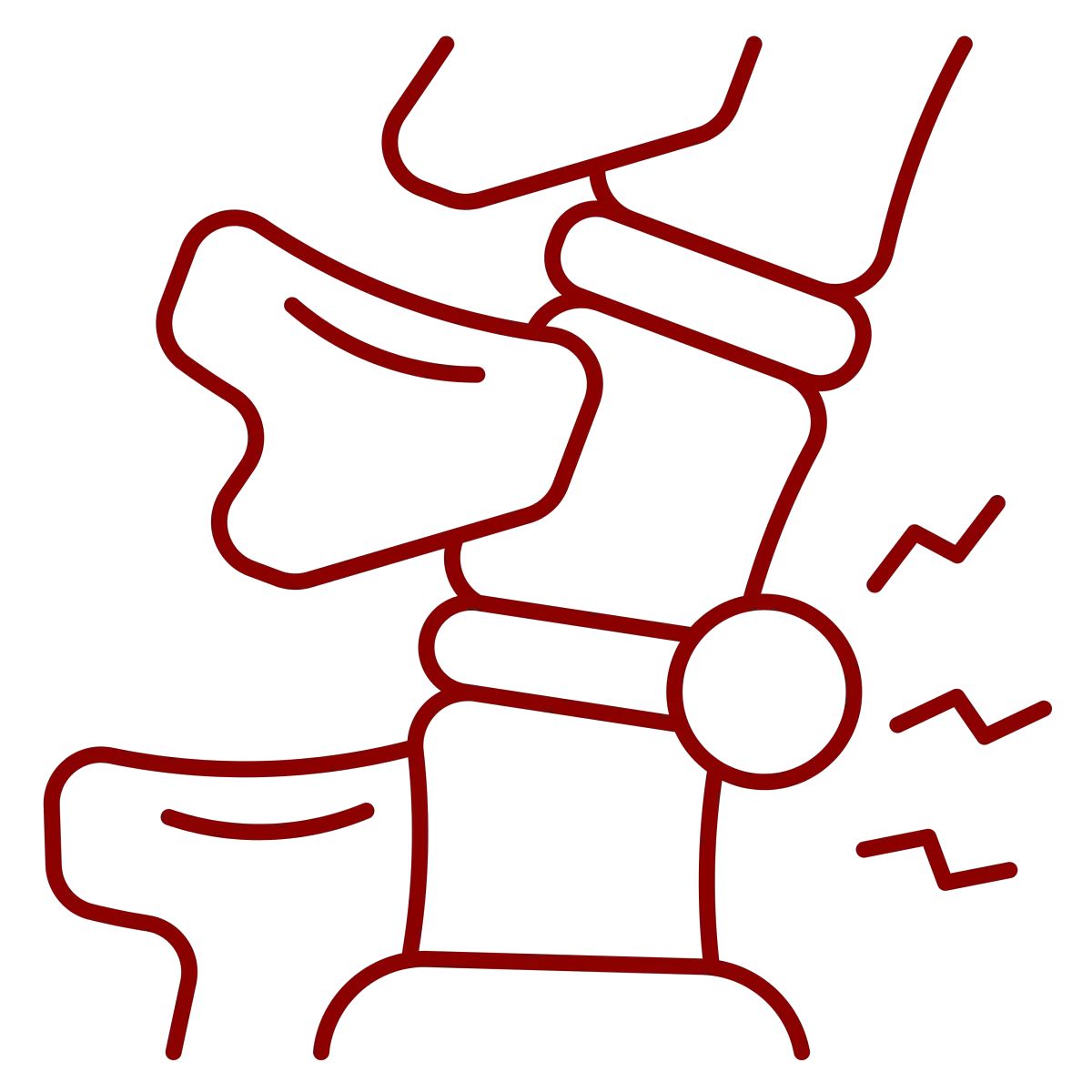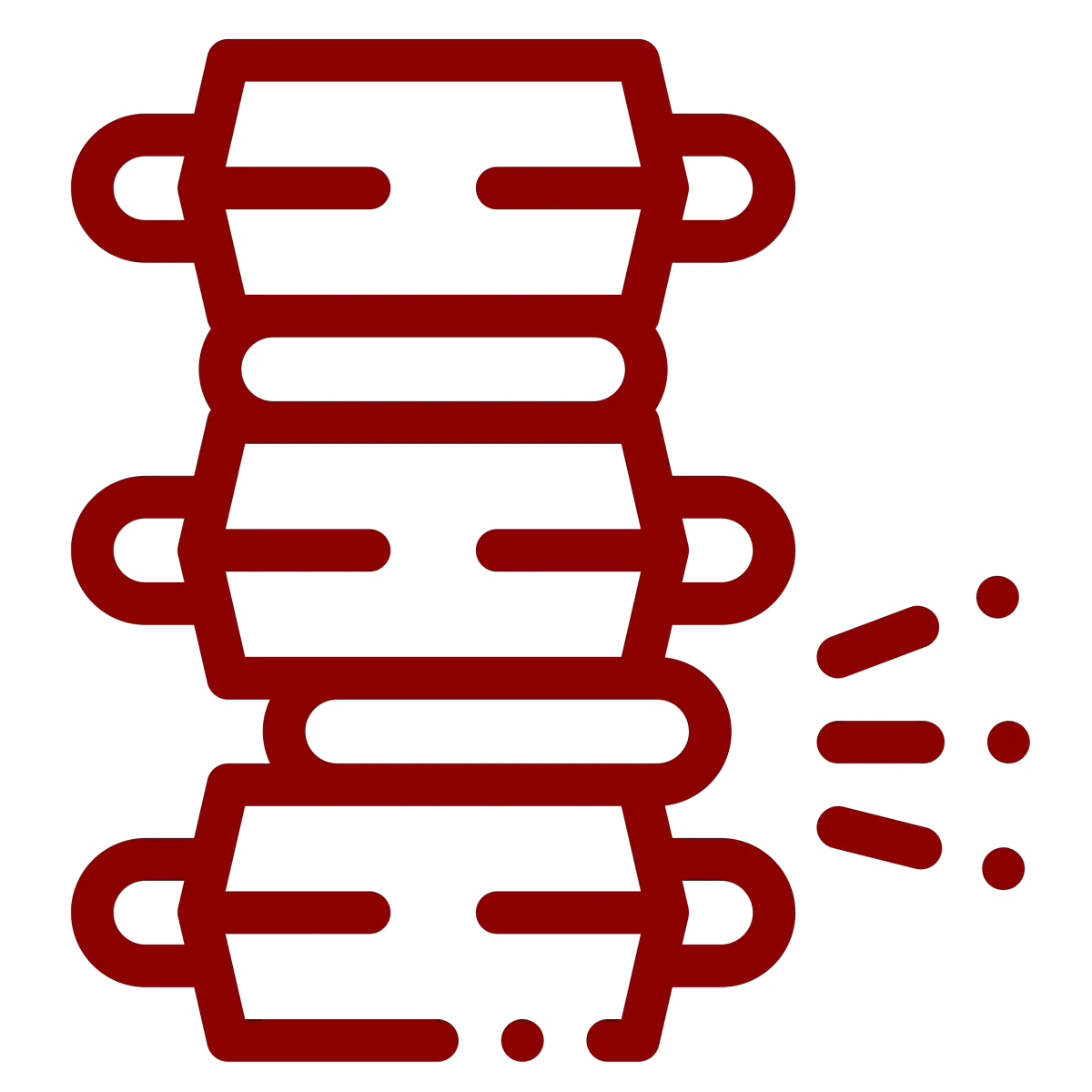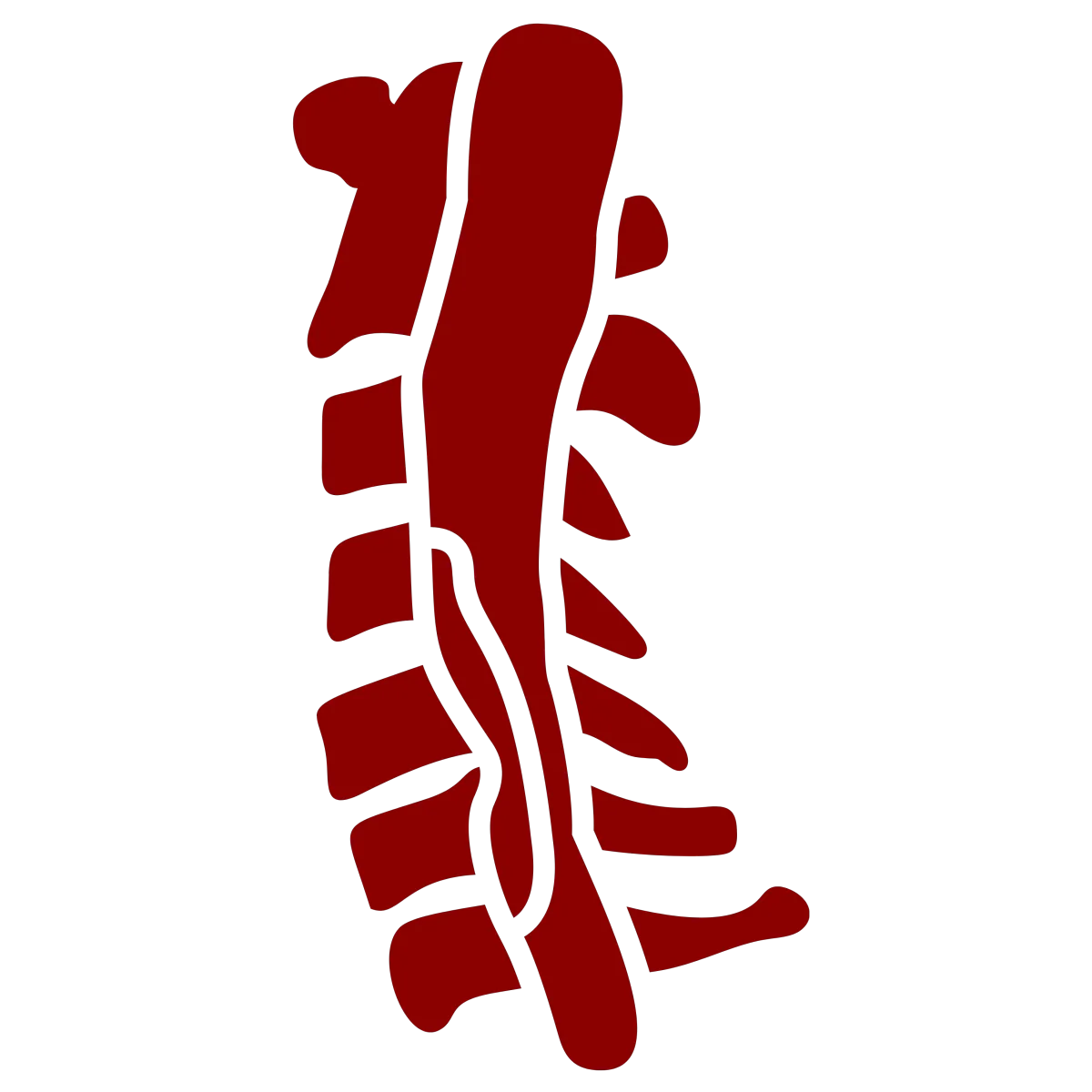
Ensuring Quality Care
Spinal Decompression and Remodeling Clinic
About Spinal Decompression
Spinal decompression is a non-surgical treatment. A spinal traction machine works by stretching the spine carefully and precisely.
The decompression method works by stretching the spine in ways which trick the muscles within the spine (the paraspinal muscles) so they do not tighten or spasm during the process.
Our spinal decompression technology monitors your muscles through computer software and sensors to assure that it works in conjunction with the body's muscles. The stretching process increases the spaces between the vertebra, allowing herniated discs to return to their original position. This in turn releases pressure from the spinal nerves responsible for pain. This process also allows the blood supply to return to the discs, as well as nutrients, and encourages the body's healing process.
What Spinal Decompression Targets:

Herniated Disks
Herniated disks occur when the soft, gel-like center of a spinal disc pushes through a tear in the tough exterior, causing pain and discomfort.

Bulging Disks
Bulging disks happen when the outer layer of a spinal disk weakens or deteriorates, causing it to protrude outward.

Pinched Nerves
Pinched nerves occur when excessive pressure is applied to a nerve by surrounding tissues, leading to pain, numbness, or weakness in the affected area.

Sciatica (Leg Pain)
Sciatica refers to pain that radiates along the path of the sciatic nerve, typically affecting one side of the body. It can cause discomfort, numbness, or weakness in the lower back, buttocks, and legs.

Degenerative Disks
Degenerative disc disease is a condition where the intervertebral discs in the spine break down over time, leading to pain, stiffness, and reduced flexibility.

Spinal Stenosis
Spinal stenosis is a narrowing of the spinal canal, causing pressure on the spinal cord or nerves. This can result in pain, numbness, or weakness in the legs or arms.
More
The Spinal Decompression Team Includes:

Dr. Luis I. Khit

Dr. Alejandra G. Khit
What to Expect During Your Decompression Therapy Service?
In almost all cases, the treatments are completely painless. In fact, some people fall asleep during the spinal decompression session.
You should wear comfortable clothes and be well hydrated. We recommend you begin to hydrate 1-2 days before your treatment.

Some Benefits
Relief of pain from herniated, bulging, degenerated, and slipped disks.
Helps to restore normal disk and joint motion, correcting and improving posture.
Accelerates effectiveness of other healing approaches. By having a healthier spine, other forms of medicine tend to work more efficiently.
Where to find us?
Available by Appointment, Monday-Friday
To book an appointment, call the clinic located in your area.
Advantages of Spinal Decompression

Advantages
Include:
Non-Surgical
FDA Cleared
Extremely Safe
Affordable Cost
Frequently Asked Questions
Will it help if I'm suffering from a herniated disk?
If you are suffering from a herniated disc, and other treatments have not yielded sufficient benefit, you should find out if you might be a candidate for spinal decompression therapy..
What are specific conditions helped by this procedure?
Specific conditions that may be helped by this therapeutic procedure include herniated or bulging discs, spinal stenosis, sciatica, and facet syndrome. Many patients, some with magnetic resonance imaging (MRI) documented disc herniations, have achieved "good" to "excellent" results after spinal decompression therapy.
What is the key to the effectiveness?
The computerized traction head on the decompression table/machine is the key to the therapy's effectiveness. The preprogrammed patterns for ramping up and down the amount of axial distraction permit decompression to occur at the disc level. This process creates negative pressure within the disc, allowing the protruded or herniated portion to be pulled back within the normal confines of the disc, which then permits healing to occur.
Is it really non-surgical?
Spinal decompression therapy is nonsurgical, traction-based treatment for herniated or bulging discs in the neck and low back.
Will there be inflammation during this process?
To reduce inflammation and assist the healing process, supporting structures are treated with passive therapies (ice/heat/muscle stimulation), chiropractic adjustments (if and as indicated), and/or active rehabilitation to strengthen the spinal musculature.
How will Spinal Decompression find MY specific treatment plan?
Your specific treatment plan will be determined by the doctor after your examination. Based on research and clinical experience in our practice, the best results have been achieved with 12 to 20 sessions completed over a period of four to six weeks.

© Copyright 2024 Spinal Decompression. All Rights Reserved.